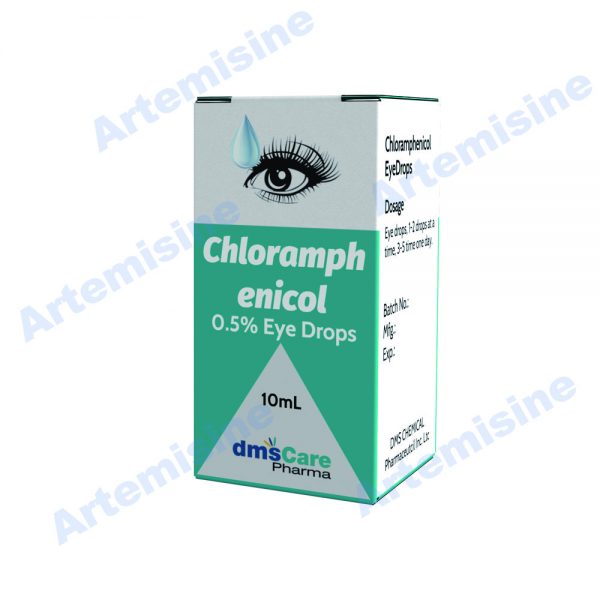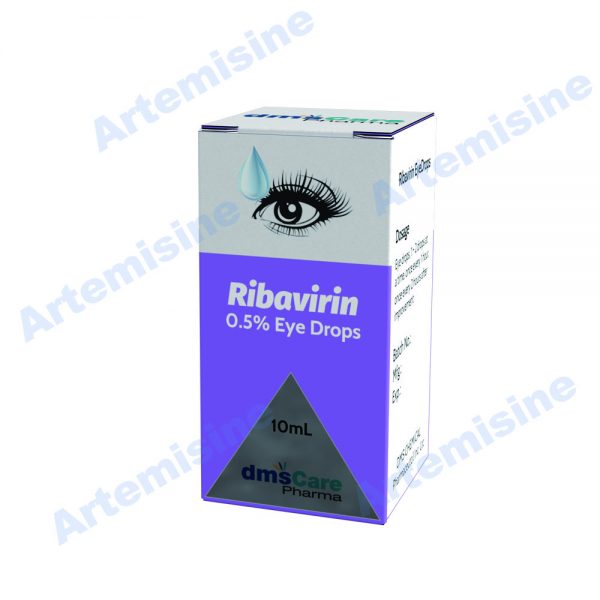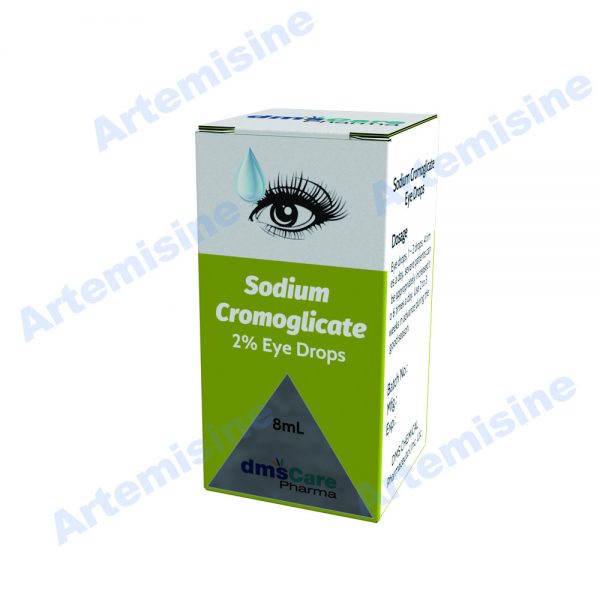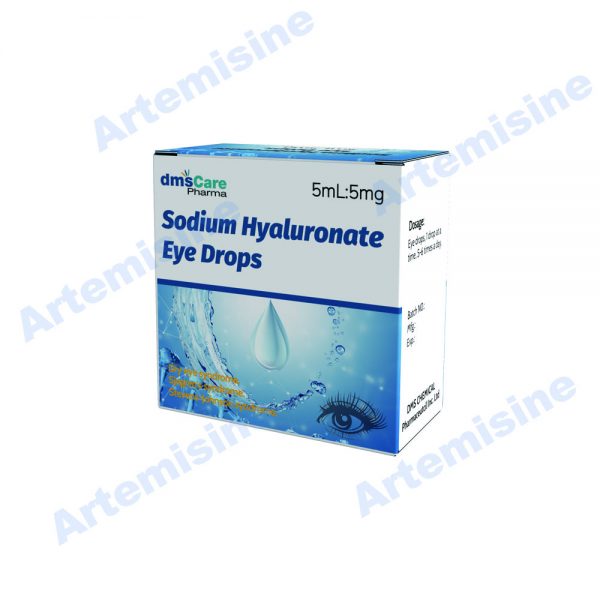Ophthalmic medicines, also known as eye medications, play a crucial role in the treatment of various eye conditions and disorders. These specialized medications are designed to address a wide spectrum of issues affecting the eyes, ranging from infections and inflammation to glaucoma and other chronic diseases.
One of the primary categories of ophthalmic medicines includes antibiotics, which are utilized to treat bacterial infections such as conjunctivitis or keratitis. These medications come in various forms, including eye drops and ointments, providing targeted and efficient delivery to the affected area. Anti-inflammatory ophthalmic drugs are another essential category, used to alleviate symptoms associated with conditions like uveitis or allergic conjunctivitis.
In the realm of glaucoma management, ophthalmic medications such as prostaglandin analogs, beta-blockers, and alpha agonists are commonly prescribed. These drugs help regulate intraocular pressure, a critical factor in preventing optic nerve damage and vision loss.
Corticosteroids are potent anti-inflammatory agents employed in ophthalmic medicine to manage severe inflammatory eye conditions. They are available in various formulations, including eye drops, ointments, and injections, catering to the specific needs of the patient and the severity of the condition.
In addition to these therapeutic classes, lubricating eye drops are frequently recommended to relieve dry eyes and provide comfort. These drops help maintain the moisture balance on the ocular surface, especially in individuals with conditions like dry eye syndrome.
The development of innovative delivery systems, such as sustained-release implants and punctal plugs, has enhanced the efficacy and convenience of ophthalmic medications. These advancements aim to optimize treatment outcomes and patient compliance by reducing the frequency of administration.
It’s crucial to note that the administration of ophthalmic medicines often requires precise dosing and proper application techniques. Patients are typically educated on the correct way to instill eye drops or ointments to ensure optimal therapeutic effects.
In conclusion, ophthalmic medicines constitute a diverse and vital therapeutic arsenal for maintaining eye health and managing a myriad of ocular conditions. The continuous evolution of these medications and delivery methods underscores the commitment to enhancing eye care and preserving vision for individuals worldwide.













